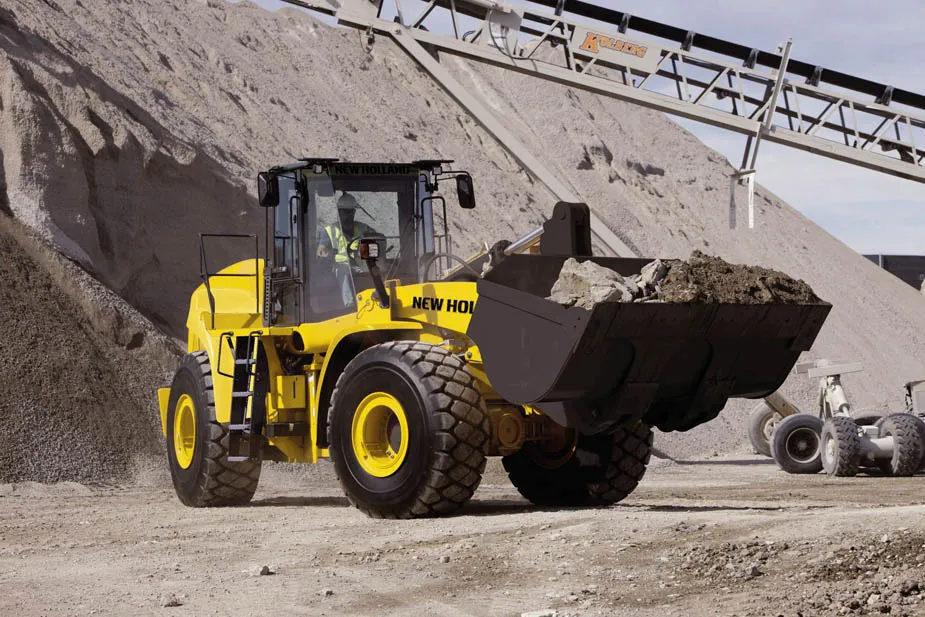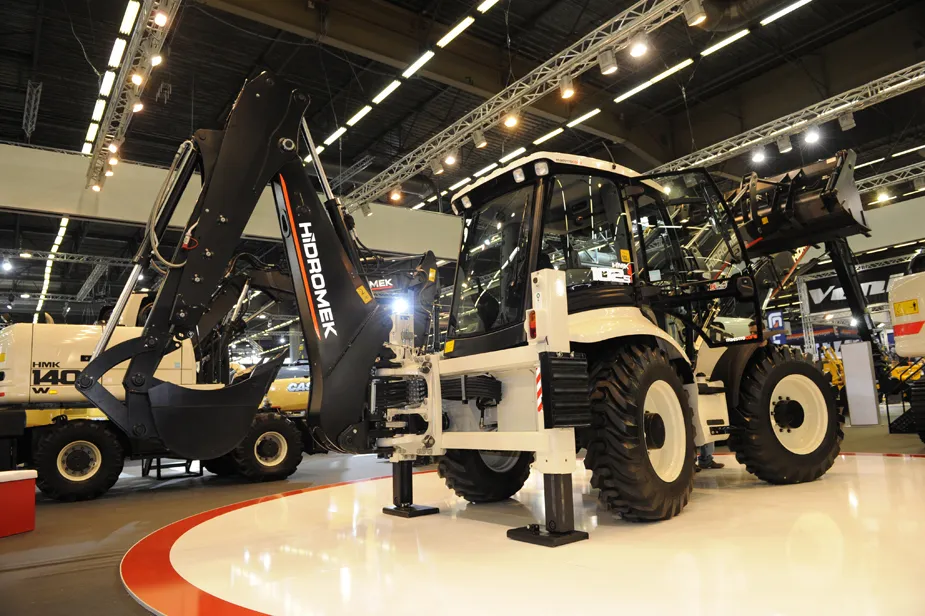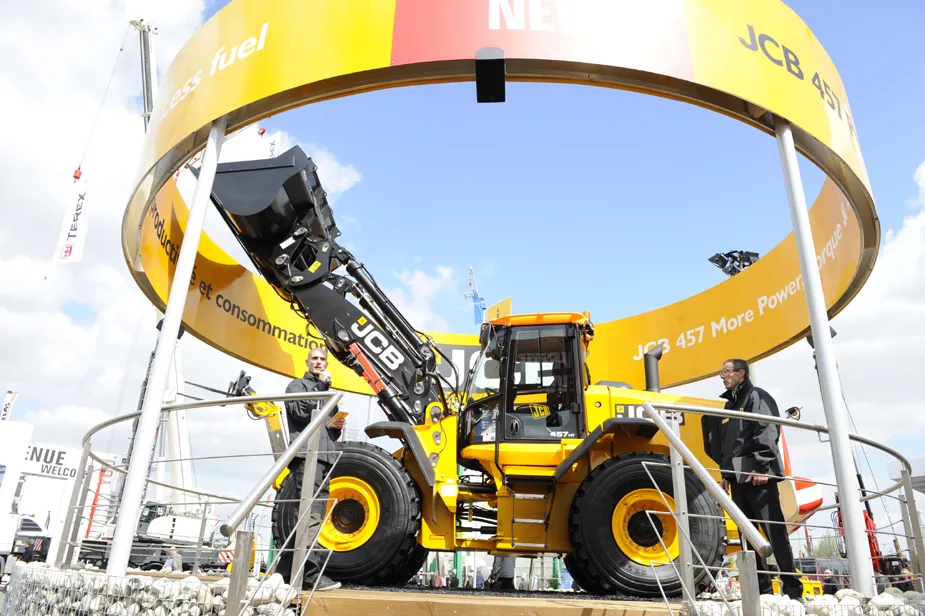New Holland is expanding its wheeled loader C Series with two new models at the top of the range. The W270C and W300C feature New Holland’s Tier 4 interim AdBlue technology for fuel savings of up to 10%.
February 8, 2012
Read time: 2 mins

The W270C and W300C feature New Holland’s Tier 4 interim AdBlue technology for fuel savings of up to 10%. They have been designed to achieve higher productivity through faster cycles and improved bucket retention. Other improvements include lower operating costs resulting from longer service intervals and optimised engine combustion.
The W270C and W300C, like the first three C Series models, rely on New Holland’s AdBlue technology to meet Tier 4 interim emissions requirements. This technology, developed by FPT Industrial, was first introduced in 2004 on
New Holland’s AdBlue solution has been designed to optimise combustion for maximum efficiency so that the 8.7litre, 6-cylinder high-pressure common rail engine reduces fuel consumption by up to 10% compared to the B Series. An additional advantage of the system is that it doesn’t increase cooling requirements.
The flat bottom bucket is 5% bigger and has superior retention of the material, said New Holland. The 4.4m3 bucket on the W270C and the 5.0m3 on the W300C have been developed to produce a boost in productivity in gravel, aggregate and sand applications.
New Holland’s AdBlue solution does not require a particulate filter or special oil, with consequent maintenance savings. In addition, the lower temperature in the engine compartment is designed to lengthen the life of rubber parts.
%$Linker:
Hall: 5A Stand: G144 / J144
%$Linker:







